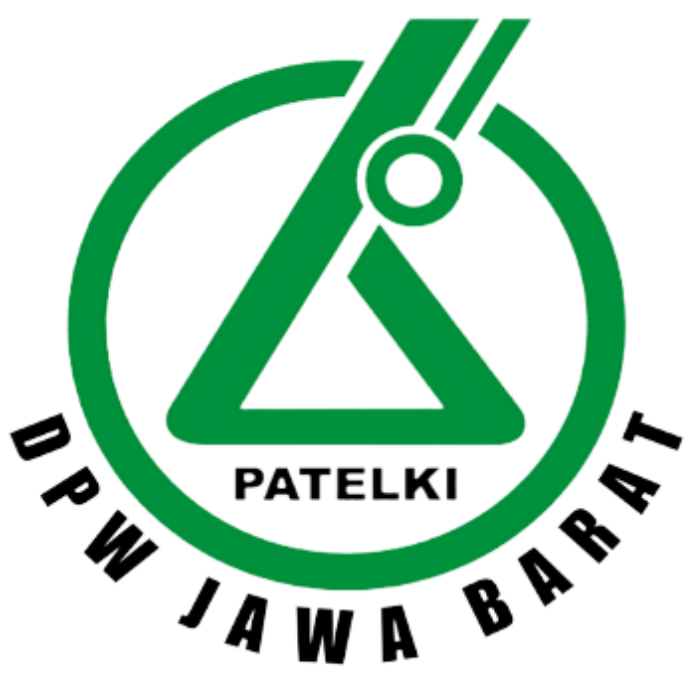Overview of Urine Cylinders in Patients With Pulmonary Tuberculosis Undergoing Advanced First-Line Treatment at the RSUD Ciamis
DOI:
https://doi.org/10.52221/mjmlt.v2i1.549Keywords:
Tuberculosis, Anti-tuberculosis Drugs, Urinary SedimentAbstract
Background & Objective: Pulmonary tuberculosis is a contagious disease caused by Mycobacterium tuberculosis bacteria that can attack various organs, especially the lungs. Tuberculosis patients are treated with anti-tuberculosis drugs such as rifampicin and streptomycin, which can potentially cause kidney function impairment. To detect any abnormalities in the kidneys, a urine sediment examination is conducted, which can identify an increase in urine cylinders if any damage to the kidneys is present. This study aims to provide insights into urine cylinders in patients with pulmonary tuberculosis based on the duration of their treatment.
Method: This is a descriptive study that utilised a purposive sampling technique. The study involved 38 Tuberculosis patients as respondents. Sampling was carried out at the DOTS clinic of RSUD Ciamis and the research was conducted between October 2021 and May 2022.
Result: Out of 38 samples, 6 people tested positive for cylinders at a value of +1 (which means very little). These cylinders included hyaline, wax, granule, fat, and epithelial cell cylinders. The percentage of people who tested positive for cylinders was 15.8%. On the other hand, 32 people tested negative for cylinders, which accounts for 84.2% of the total sample.
Conclusion: It can be concluded that cylinders were found in tuberculosis patients. Future researchers are advised to examine urine cylinders in pulmonary tuberculosis patients undergoing the sixth month of treatment in patients at a young age.
References
Abna, I. M., Amir, M., Rinayanti, A., Hurit, H. E., & Puspitalena, A. (2022). Edukasi Masyarakat dengan Peningkatan Pengetahuan Kader sebagai Upaya Pencegahan dan Penanggulangan Penyakit Tuberkulosis (Tb) Pada Masa Pandemi di Kelurahan Duri Kepa Jakarta Barat. J-ABDI: Jurnal Pengabdian Kepada Masyarakat, 2(3), 4545–4554.
Cahyati, W. H., & Maelani, T. (2019). Karakteristik Penderita, Efek Samping Obat dan Putus Berobat Tuberkulosis Paru. HIGEIA (Journal Of Public Health Research And Development), 3(4), 625–634.
Faradis, N. A., & Indarjo, S. (2018). Implementasi Kebijakan Permenkes Nomor 67 Tahun 2016 tentang Penanggulangan Tuberkulosis. HIGEIA (Journal of Public Health Research and Development), 2(2), 307–319.
Halim, M., Sabrina, A. S., & Aris, M. (2023). Kepatuhan Pasien Rawat jalan Poli Paru Dalam Penggunaan Obat Anti Tuberkulosis (OAT) di Rumah Sakit Kartika Husada Jatiasih Bekasi. Jurnal Farmasi IKIFA, 2(1), 30–37.
Handayani, I., Rusli, B., & Hardjoeno, H. (2007). Gambaran Kadar Kolesterol, Albumin Dan Sedimen Urin Penderita Anak Sindroma Nefrotik. Indonesian Journal of Clinical Pathology and Medical Laboratory, 13(2), 49–52.
Harahap, S. (2018). Faktor-Faktor Risiko Kejadian Gagal Ginjal Kronik (Ggk) Di Ruang Hemodialisa (Hd) Rsup H. Adam Malik Medan. Jurnal Online Keperawatan Indonesia, 1(1), 92–109.
Kurniati, I. (2010). Angka Konversi Penderita Tuberkulosis Paru yang Diobati dengan Obat Antituberkulosis (OAT) Paket Kategori Satu di BP4 Garut. Majalah Kedokteran Bandung, 42(1), 32–36.
Mr, S. R., Nurfitriani, N., & Maulanza, H. (2021). Gambaran Gangguan Respirasi Di Kabupaten Aceh Tenggara Tahun 2015-2019. Jurnal Health Sains, 2(2), 250–258.
Nuriah, S., Ruhimat, U., Aryadi, R., & Mutmainah, R. N. (2023). Screening of Pulmonary Tuberculosis in Household Contacts With Acid Fast Bacteria (AFB) Positive Pulmonary Tuberculosis Patients in Ciwangi Village, Balubur Limbangan Subdistrict, Garut District. Mukhtabar: Journal of Medical Laboratory Technology, 1(1), 19–25.
Prasetyaning, U., Andari, D., & Agustini, S. M. (2013). Pengaruh Pemberian Minuman Berenergi Subakut Terhadap Gambaran Histologi Ginjal Tikus Putih Strain Wistar. Saintika Medika, 9(1), 46–53.
Ramayanti, F., Marita, Y., & Yansyah, E. J. (2024). Faktor-Faktor yang Berhubungan dengan Kepatuhan Berobat Penderita Tuberkulosis di POLI DOTS. Lentera Perawat, 5(1), 26–32.
Rinawati, W., & Aulia, D. (2022). Update Pemeriksaan Laboratorium Infeksi Saluran Kemih. Jurnal Penyakit Dalam Indonesia| Vol, 9(2), 124–131.
Rivandi, J., & Yonata, A. (2015). Hubungan Diabetes Melitus dengan Kejadian Gagal Ginjal Kronik. Jurnal Majority, 4(9), 27–34.
Rokhmah, D. (2013). Gender dan Penyakit Tuberkulosis: Implikasinya Terhadap Akses Layanan Kesehatan Masyarakat Miskin yang Rendah. Kesmas: Jurnal Kesehatan Masyarakat Nasional (National Public Health Journal), 7(10), 447–452.
Rosida, A. (2016). Pemeriksaan Laboratorium Penyakit Hati. Berkala Kedokteran, 12(1), 123–131.
Tangkin, C. P., Mongan, A. E., & Wowor, M. F. (2016). Gambaran Protein Urin pada Pasien Tuberkulosis Paru Dewasa di RSUP Prof. Dr. RD Kandou Manado. EBiomedik, 4(2).
Wilda, L. O., Hutama, F. H., & Fatimah, N. A. (2021). Buteyko Breathing Exercise pada Asma Control Lansia. Journals of Ners Community, 12(2), 205–213.
Downloads
Published
How to Cite
Issue
Section
License
Copyright (c) 2024 Sinta Nurhalimah, Atun Farihatun; Dewi Kania Yulianti; Euis Istianah

This work is licensed under a Creative Commons Attribution 4.0 International License.









